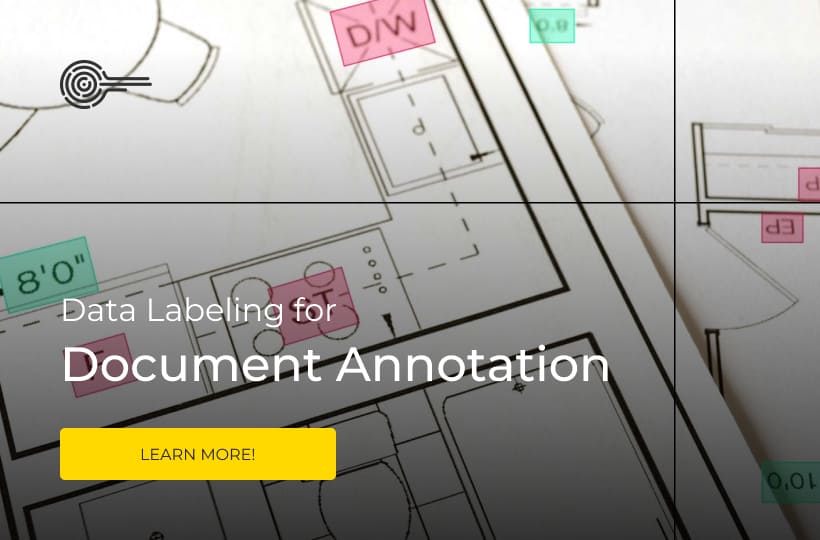Scalable Email & Document Labeling for E-Discovery

Legal investigations increasingly rely on automated tools that can process thousands of emails and documents in a matter of hours. Machine learning enables systems to quickly identify patterns, highlight relevant information, and reduce the workload on analysts. Manual verification remains a crucial step, ensuring the accuracy and contextual relevance of the results. The basis of this modern approach is formed by effective automation, aided by AI algorithms.
Privilege tagging, PII redaction, topic clustering, and custodian mapping are used in the data processing process. They help to structure information, identify relationships between participants, and ensure compliance with confidentiality requirements.
Key Takeaways
- Digital evidence volumes require automated systems to maintain legal deadlines.
- Modern platforms unify search across email, cloud storage, and collaboration tools, enabling users to find information across multiple platforms easily.
- Hybrid human-AI workflows ensure accuracy while processing millions of files.
- Metadata preservation is crucial for maintaining the integrity of the evidentiary chain of custody.
- Scalable systems adapt to case complexity without compromising review quality.

The Evolution of Electronic Discovery and Document Labeling
The development of electronic data analysis has changed the approach to legal processes, transforming traditional document processing into a technologically driven process. With the advent of digital archives and corporate correspondence, the volume of information has grown to such an extent that manual verification has become ineffective. The response to this was the implementation of systems capable of automatically classifying, grouping, and labeling data based on machine learning algorithms. Electronic discovery has evolved not only into a technical process but also into an integral part of the legal analytics strategy.
The gradual transition to intelligent annotation of documents has led to the emergence of methods such as privilege tagging, PII redaction, topic clustering, and custodian mapping. They allow to structure data, maintain confidentiality, and accurately identify the sources of information. The development of such technologies has provided a new level of scalability and quality control in significant legal cases. The integration of automated systems with manual supervision guarantees consistency and trust in the results.
Digital Data's Labeling
In today's digital environment, information flows are growing faster than traditional legal teams can process, so automated data labeling has become a necessary foundation for analytical work. Machine learning algorithms enable the rapid identification of relevant fragments and the discovery of hidden connections in a diverse range of materials. Manual verification complements these algorithms, preserving accuracy and context in complex situations. This approach creates a holistic process in which automation and expertise work together.
Privilege tagging, PII redaction, topic clustering, and custodian mapping remain important when processing digital data, as they provide structure and control over sensitive elements. These methods enable to quickly identify key data and accurately categorize it by thematic groups. Systems with such functionality improve visibility into sources, participants, and potential risks. A consistent process reduces errors and speeds up the preparation of materials.
Core Principles of Modern Evidence Organization
- Intelligent data structuring. Modern evidence organization relies on a combination of algorithmic analysis and semantic grouping. Instead of simple keyword sorting, systems use topic clustering, which enables the identification of thematic connections between documents and emails.
- Access and confidentiality control. One of the main principles remains the protection of sensitive data through PII redaction, which enables to conceal personal information without compromising the integrity of the evidence base. The systems automatically detect and redact names, addresses, and other sensitive data, while ensuring the legal accuracy of documents.
- Traceability and transparency of sources. Data management requires a clear understanding of the origin of each piece of evidence. Custodian mapping creates an interactive map of the responsible individuals, departments, or systems associated with specific files.
- Legal relevance and prioritization. The principle of privilege tagging allows to clearly mark documents that are subject to attorney-client privilege or confidential status. Systems automatically segregate such materials, preventing their inadvertent disclosure.
- Synergy of humans and technology. Modern evidence organization is based on collaboration between automated models and human analysts. Algorithms perform the initial processing, while experts assess the context and adjust the results.

Key Features and Tools in Scalable Labeling Solutions
- Automated topic clustering. Topic clustering intelligently groups documents based on content, not just keywords. Systems analyze lexical and semantic relationships to form logical clusters that help navigate through large volumes of evidence more quickly.
- Confidential information protection tools. PII redaction features automatically detect and hide personally identifiable information (PII), including names, phone numbers, and email addresses. This is critical when sharing documents between teams or during audits.
- Privilege tagging mechanisms. This feature allows to accurately mark documents that contain attorney-client privilege or other forms of protected information. Algorithms recognize the nature of legal communication and apply appropriate tags, which simplifies further filtering.
- Visualize relationships and sources. Custodian mapping tools create graphical diagrams that show the origins and connections between documents, users, and exchange channels. This approach helps to see how information has circulated within the organization and to identify key participants more quickly.
- Scalability and quality control. Scalable labeling solutions are designed to efficiently process millions of documents without compromising accuracy. The systems support multi-level quality checks that combine automated verification with human evaluation.
Advanced Indexing and Intelligent Tagging
Modern legal data systems increasingly utilize a combination of advanced indexing and intelligent tagging to provide a deeper understanding of document content. Algorithms automatically analyze text, metadata, and context of use, creating a multi-level index that covers not only keywords but also semantic relationships between phrases. This allows information to be found based on the query's logic, not just a literal match. Intelligent tagging uses privilege tagging, PII redaction, topic clustering, and custodian mapping to form an accurate semantic structure of the data.
Strategies for Effective Data Collection and Preservation
In the first stage, it is essential to ensure the completeness of the collection, avoiding the loss of relevant documents or emails that may contain key evidence. This is achieved by utilizing algorithms that can identify files based on content, metadata, and thematic features through topic clustering and custodian mapping mechanisms. They help to determine the sources of information, track relationships between users, and create an accurate structure of evidence.
After data collection, the leading role is played by the correct storage and protection of information. The systems utilize privilege tagging to mark materials as confidential and PII redaction to automatically conceal personally identifiable information (PII). This not only meets confidentiality requirements but also provides legal security when exchanging files between teams. Data is stored with an audit trail, which allows to track every change or access to the document.
Systematic Approaches to Digital Evidence Gathering
Digital evidence collection today is based on a systems approach that combines analytics, automation, and legal accuracy. Machine learning algorithms help identify relevant sources of information at an early stage, using thematic and contextual signals for pre-selection. Topic clustering enables to identify groups of documents related to a common topic or event, significantly simplifying further analysis. Custodian mapping establishes a clear structure of responsible individuals and communication channels, enhancing traceability and accuracy.
In the process of processing information, protecting confidentiality and complying with legal requirements are essential tasks. For this purpose, privilege tagging is used, which automatically marks materials subject to attorney-client privilege and performs PII redaction to extract personally identifiable information (PII). This ensures that digital evidence retains legal value without violating confidentiality norms. Automated systems perform filtering, verification, and archiving of materials, creating a complete chronology of their processing.
Summary
The digital transformation of legal analytics has created a new culture of working with evidence, where the accuracy of structuring, the speed of access, and the transparency of each stage of data processing play the primary roles. Modern systems no longer organize information; instead, they form a dynamic network of connections between documents, users, and events, allowing for a deeper understanding of the context and logic of the case. The combination of automated solutions with human supervision makes the process flexible and controllable, enabling large-scale analysis without compromising quality. Intelligent tools, including tagging, PII redaction, topic clustering, and custodian mapping, provide the foundation for ensuring legal accuracy and maintaining trust in digital evidence.
FAQ
What is the primary goal of scalable email and document labeling in e-discovery?
It aims to automate and accelerate document classification, improving accuracy and efficiency during legal reviews.
How does topic clustering support legal data analysis?
It groups documents by semantic similarity, helping reveal thematic connections and reducing manual sorting time.
Why is privilege tagging essential in digital evidence management?
It ensures that legally protected or confidential materials are correctly identified and safeguarded from disclosure.
What role does PII redaction play in scalable labeling solutions?
It automatically removes or masks personally identifiable information to maintain privacy and compliance.
How does custodian mapping enhance transparency in data handling?
It traces the origin, ownership, and communication flow of documents, creating a transparent evidence chain.
What advantages does intelligent tagging offer over traditional keyword search?
It captures context and meaning, providing more relevant results and deeper insights into document content.
Why is human oversight still critical in automated e-discovery systems?
Human experts validate algorithmic decisions, ensuring contextual accuracy and legal precision.
How do modern systems maintain data integrity during evidence collection?
They apply structured indexing, privilege tagging, and audit trails to preserve authenticity and traceability.
What challenges do scalable labeling systems address in large-scale investigations?
They manage massive document volumes, prevent data loss, and ensure consistent quality across all stages.
How do these technologies redefine the role of digital evidence in legal practice?
They transform evidence management into a strategic, data-driven process grounded in automation and analytical intelligence.

